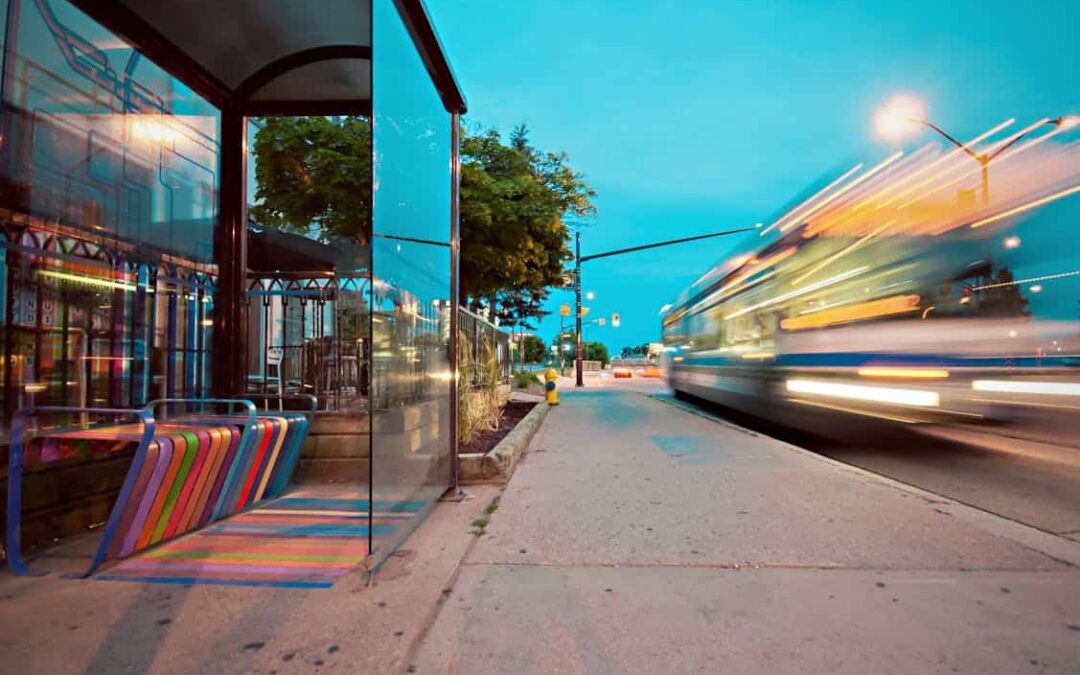Sidewalks are a vital part of any neighborhood’s infrastructure. They provide a safe path for pedestrians and enhance the overall appearance of your property. But over time, sidewalks can develop problems that affect both safety and aesthetics. If these issues are ignored, they can lead to trip hazards, violations, or even costly repairs.
Regular inspections and timely fixes can help you maintain your sidewalk’s safety and visual appeal. This article breaks down the most common sidewalk problems, what causes them, and how to fix each one.
Cracks: Small Openings, Big Problems
Cracks in concrete are one of the most frequent sidewalk issues. They may start small but often widen or deepen if left untreated. Over time, this can lead to larger structural damage.
Cracks usually form due to freeze-thaw cycles, poor soil conditions, heavy foot traffic, or temperature shifts that cause the concrete to expand and contract. Small hairline cracks, less than ¼ inch wide, can often be sealed using concrete fillers or caulking. This is a simple DIY job.
However, deeper or wider cracks may be a sign of underlying damage. In such cases, full or partial slab replacement may be required. Simply sealing large cracks is not a long-term solution, as it won’t fix the structural issues underneath. It’s best to consult a licensed sidewalk repair contractor in NYC, since they can properly assess the issue and usually provide free estimate.
Sinking: When Sidewalks Start to Drop
Sidewalk slabs can sink or shift over time, leaving a section lower than the rest. This unevenness poses a trip hazard and can also impact drainage around your property.
Sinking often results from soil erosion beneath the concrete, poor compaction during installation, or water damage. Underground plumbing leaks or root growth can also cause settling.
The two common solutions are mudjacking, which lifts the slab using a grout mix, or replacing the sunken slab entirely. Mudjacking is often more affordable, but it’s important to consult a professional to decide the best solution for your situation. Full slab replacement may be necessary if the damage is severe or recurring.
Uneven Surfaces: More Than Just a Cosmetic Issue
Uneven sidewalks may seem like a minor annoyance, but they are a serious liability. These surfaces create a risk of tripping and can lead to DOT violations if they meet certain criteria, like a height difference of half an inch or more.
Tree roots growing beneath sidewalks are a major cause of uneven slabs. Water damage or improper concrete pouring can also create inconsistent elevation.
If the unevenness is minimal, surface grinding may be enough to level the slab. This method grinds down the raised portion to match the surrounding surface. More significant issues, such as large height differences or cracking, often call for removing and replacing one or more sections of the sidewalk.
Spalling: Surface Peeling or Flaking
Spalling refers to surface deterioration, where the top layer of concrete flakes or peels away. It not only looks bad but also weakens the sidewalk over time.
This condition is typically caused by freeze-thaw cycles, low-quality concrete mixes, or improper curing during installation. If caught early, resurfacing can restore the sidewalk’s appearance. A resurfacer is applied as a new top coat over the existing concrete to smooth out the surface.
For more advanced spalling, especially when deep cracks accompany the damage, the only reliable fix is slab replacement. While resurfacing is an easy and affordable fix for minor spalling, it’s only a temporary solution if the damage is more extensive.
Potholes: Deep and Dangerous
Potholes aren’t just a problem on roads, they can form in sidewalks too. These holes develop when water gets into cracks, freezes, and expands. Over time, repeated stress from pedestrians or bicycles worsens the damage.
Potholes are not just ugly, they’re hazardous. Small potholes can be filled with patching compounds, but for larger or deeper holes, section replacement is often the better long-term solution. Patchwork may not last long and could lead to recurring issues. Full slab replacement ensures the sidewalk is safe and structurally sound, preventing further damage.
Addressing potholes early can prevent injury and avoid fines from the city, especially if the sidewalk becomes a significant tripping hazard.
Preventive Tips to Keep Sidewalks in Shape
Preventing damage is far more cost-effective than repairing it later. Here are some practical tips every homeowner should follow:
Inspect Regularly:
Walk your sidewalk and check for cracks, uneven surfaces, or drainage issues at least twice a year. Identifying small issues early can save you from larger problems later.
Maintain Drainage:
Ensure water flows away from the sidewalk. Standing water can erode soil and cause sinking, especially near plumbing lines. Consider adding gutters or regrading your sidewalk to prevent pooling water.
Use Quality Materials:
Poor concrete mixes often lead to premature cracking. Always use DOT-approved materials and work with licensed contractors to ensure the job is done correctly.
Be Mindful with Landscaping:
Avoid planting trees with aggressive roots near your sidewalk. Their roots can push through concrete, causing uneven surfaces and cracks. Make sure to trim overgrown trees and remove roots that threaten the sidewalk.
These steps may seem simple, but they go a long way in preserving the life and safety of your sidewalks.
Conclusion
Whether it’s cracking, sinking, or potholes, sidewalk problems are more than just surface-level concerns. They affect safety, property value, and legal compliance. By identifying issues early and addressing them with the right fix, you can save money and prevent liability.
Keeping your sidewalk in top condition doesn’t just benefit your home; it helps create a safer walking environment for everyone in your neighborhood.

Recent Comments